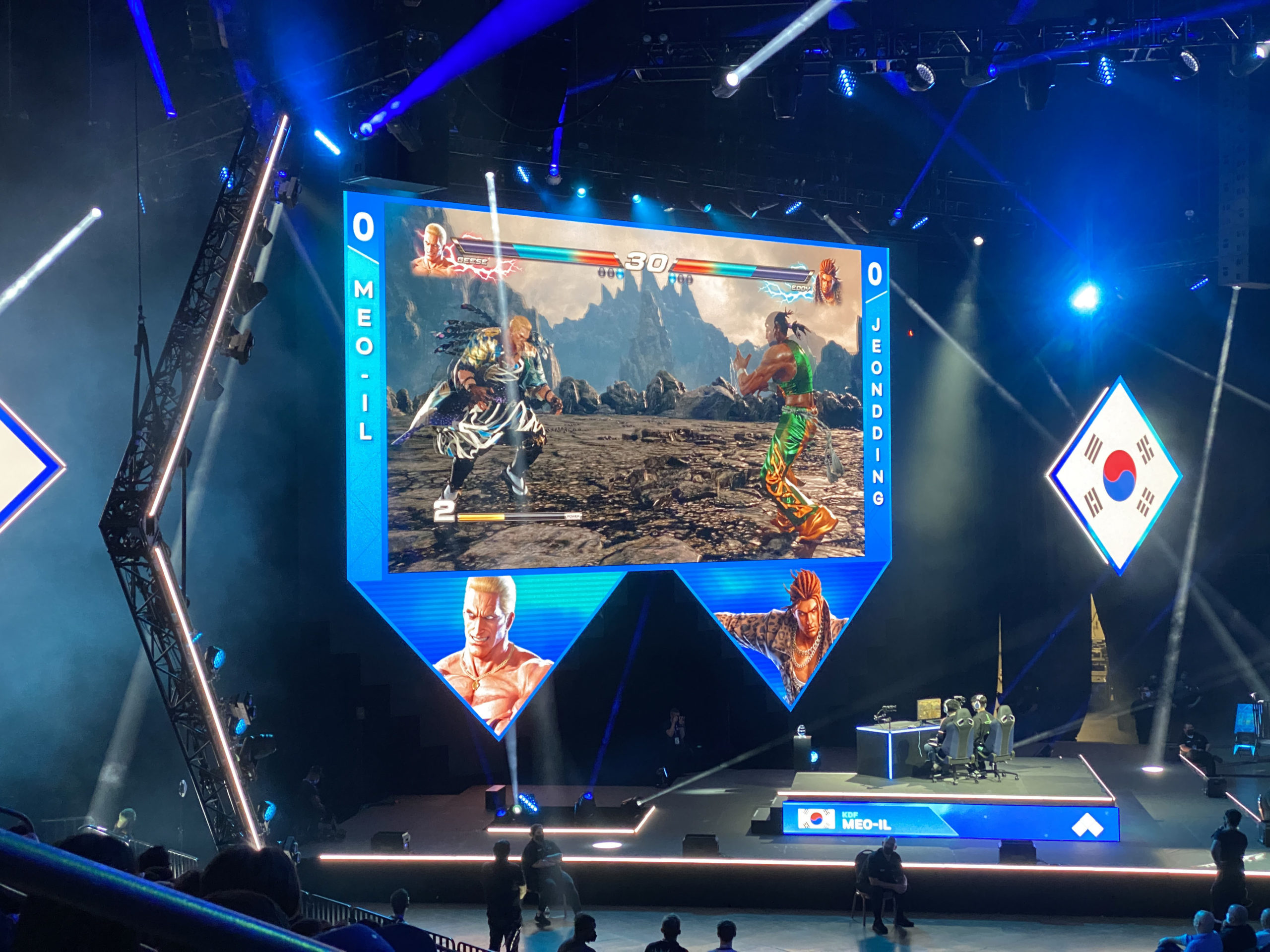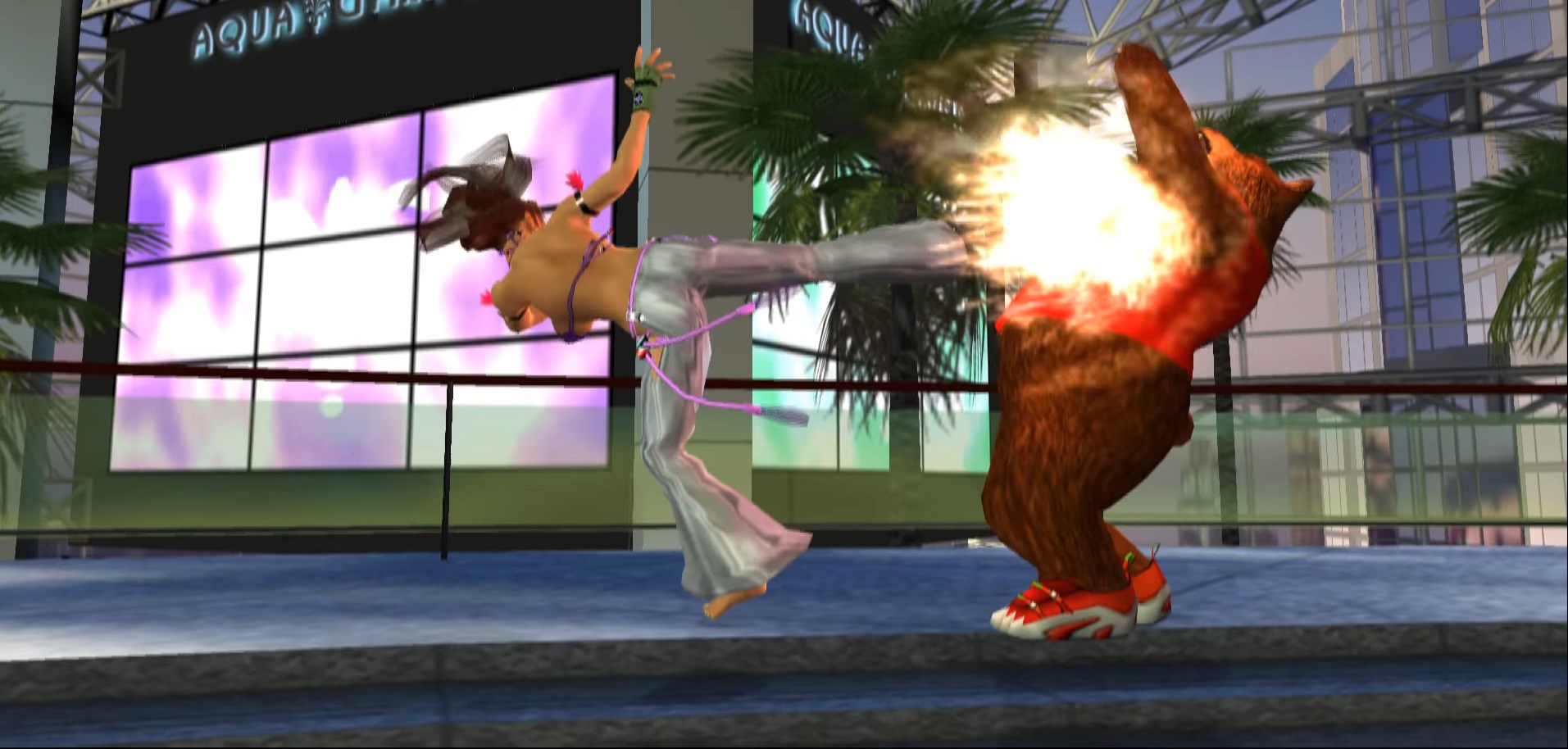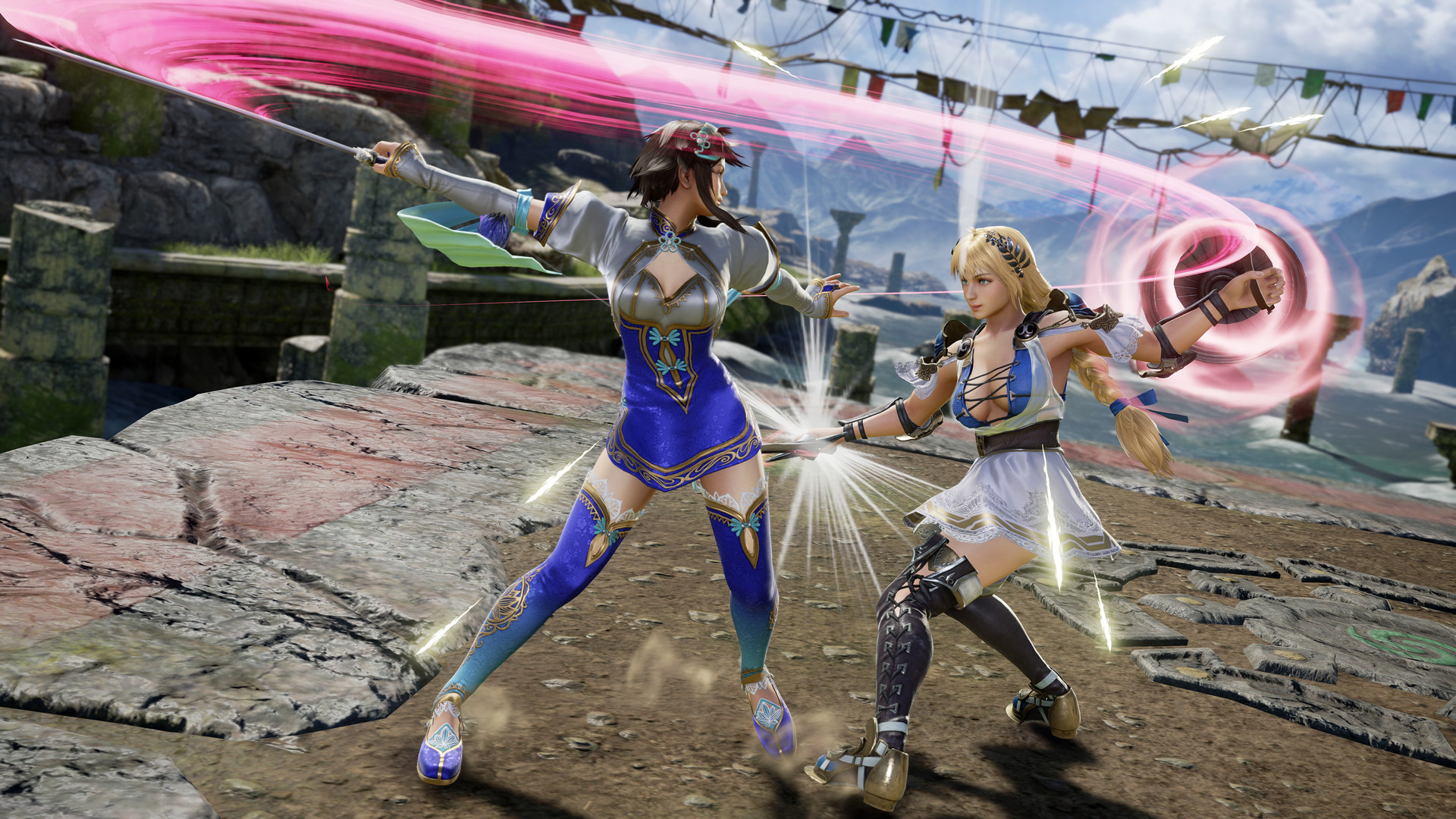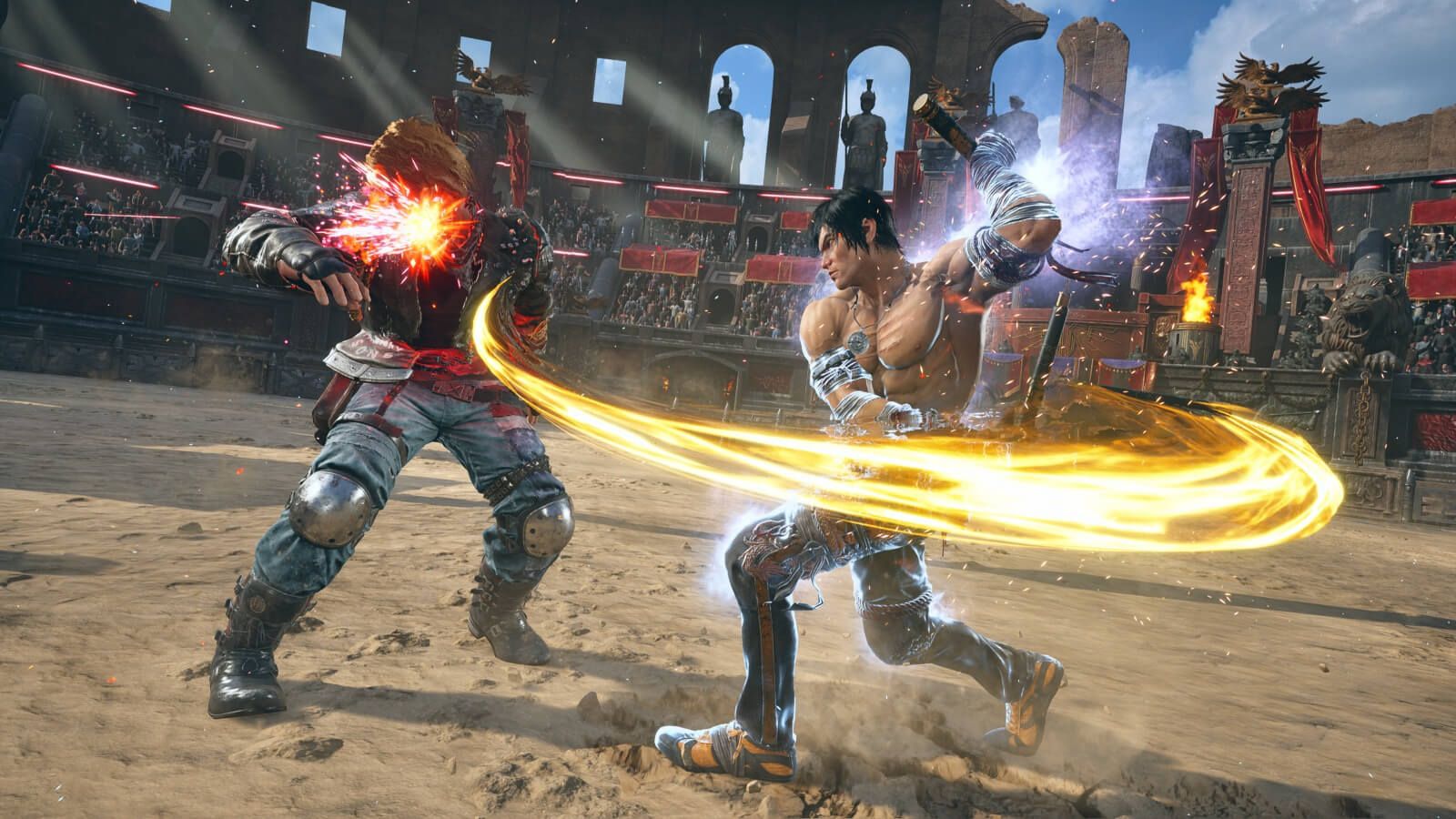After a poetic “Seven” years, Tekken 7 sunsets, and the era of Tekken 8 begins a new chapter in fighting games. As of this writing, it is also the only new 3D fighting game in a 2D-dominated arena. Tekken is one of those games that I feel gets an unfair rep in terms of its difficulty. In a traditional fighting game, the player can move left and right. They can jump, glide, cling to walls, and hover. Some games like Fatal Fury may even offer a perspective change from foreground to background. However, the general direction a player can go is forward and backward.
When Tekken was released in 1994, a year after Virtua Fighter became the first fully polygonal 3D fighting game, it stuck largely to the script. Players could move forward and backward while jumping extraordinary heights. The models were fully rendered in 3D with working facial animations and authentic movement at the time thanks to motion capture. Tekken and its sequel were beautiful to watch and play, yet they were still 2D fighters on paper.

It wouldn’t be until Tekken 3 when the “sidestep” was introduced. This button, evolving from Fatal Fury, allowed players to enter the foreground and background. What was best was all players needed to do was a simple tap of the up and down directions. Players could still jump by holding the up input, but this new range of movement was a step in the right direction.
Certain moves could only be done while in “sidestep,” in which Tekken treats less of a “stance” and more of a combat state. Players had moves coming from crouch much similarly, adding evasiveness beyond what was previously limited for 2D. Tekken 4 was the first game developed with the new at the time PlayStation 2 technology. It was also the first true 3D game in the series.

The levels in Tekken 4 were based on real locations, including malls, rooftops, shopping centers, and airports. Several levels even had elevational changes and other obstructions. Sidewalking was introduced, which allowed players to maintain movement in the front and background. Couple that with the ability to move before the round starts and you have one of the most fluid-looking games in the series. It felt like a day and night difference between Tekken 3 and Tekken 4.
Before I continue, I would like to address the elephant in the room. The movement tech. Korean backdashing has been a thing since the series' origins. Fluttering back and forth has always been dizzying to see in person and satisfying to pull off consistently. However, you’re only ever going backward. Wave dashing is the same but “in reverse,” as in you’re going forward.
The closest tech for moving within the foreground and background while also moving backward would be Nina’s “Hayashida” step. This weaves her backsway into her sidestep cancel, making her appear like a crawling snake.
However, even here, the main perspective of the game is moving forward and backward. While having a range of movement from north and south is a nice addition, it’s still not a full range of motion. For a game like Tekken, that’s fine. Tekken is a very close-quarters game so the player will always want to feel like they are never too far from the opponent. However, Soul Calibur is arguably the best example of what I consider to be a “real” 3D fighter.
Soul Calibur is a 3D weapons-based fighter, also developed by Bandai Namco, with the first game in the series, Soul Edge, released roughly around the same time as Tekken’s. Beginning with Soul Calibur, the main form of movement is what would be known as an “8-way run.” Rather than only using cardinal directions, the Soul series takes advantage of every single direction, including diagonals. If the player could look at a joystick from above and visualize the movement, it would feel far more natural to control a fighter this way.

I often wondered why Tekken never experimented with the whole 8-way run system until hours before Tekken 8’s global launch. Leading up to the game there have been many characters introduced. The flashy Raven Unit founder, Victor. The long lost Mishima girl, Reina. Despite how explosive these new characters are, they still fit within the realm of what many consider Tekken. I think if they dared try an “8-way” approach with Tekken 8, it would lead to anarchy. I would find the irony hilarious, considering “8-way,” and “Tekken 8.”
A possible solution to see this become a reality is waiting to see what the future holds for the franchise. Tekken 8 is the finale of the Mishima Storyline, as it was told several times across its impressive marketing campaign. Whether the next Tekken is a Tekken 9 or an entirely different name altogether, it would be great to see the developers do something to shake the series up. Visions of seeing characters like Paul and Law moving freely for the first time since they appeared in Urban Reign are fantastic and all.
I doubt that the development team would change something so drastic though. The risk of losing the fanbase that they had built over the past few decades would be a factor. Still, if they were able to add unique mechanics for each game in the series, I have hope that one day I will see Tekken become a “full-axis” 3D fighter. We will move beyond cardinal directions, my fellow fighters, one day!

